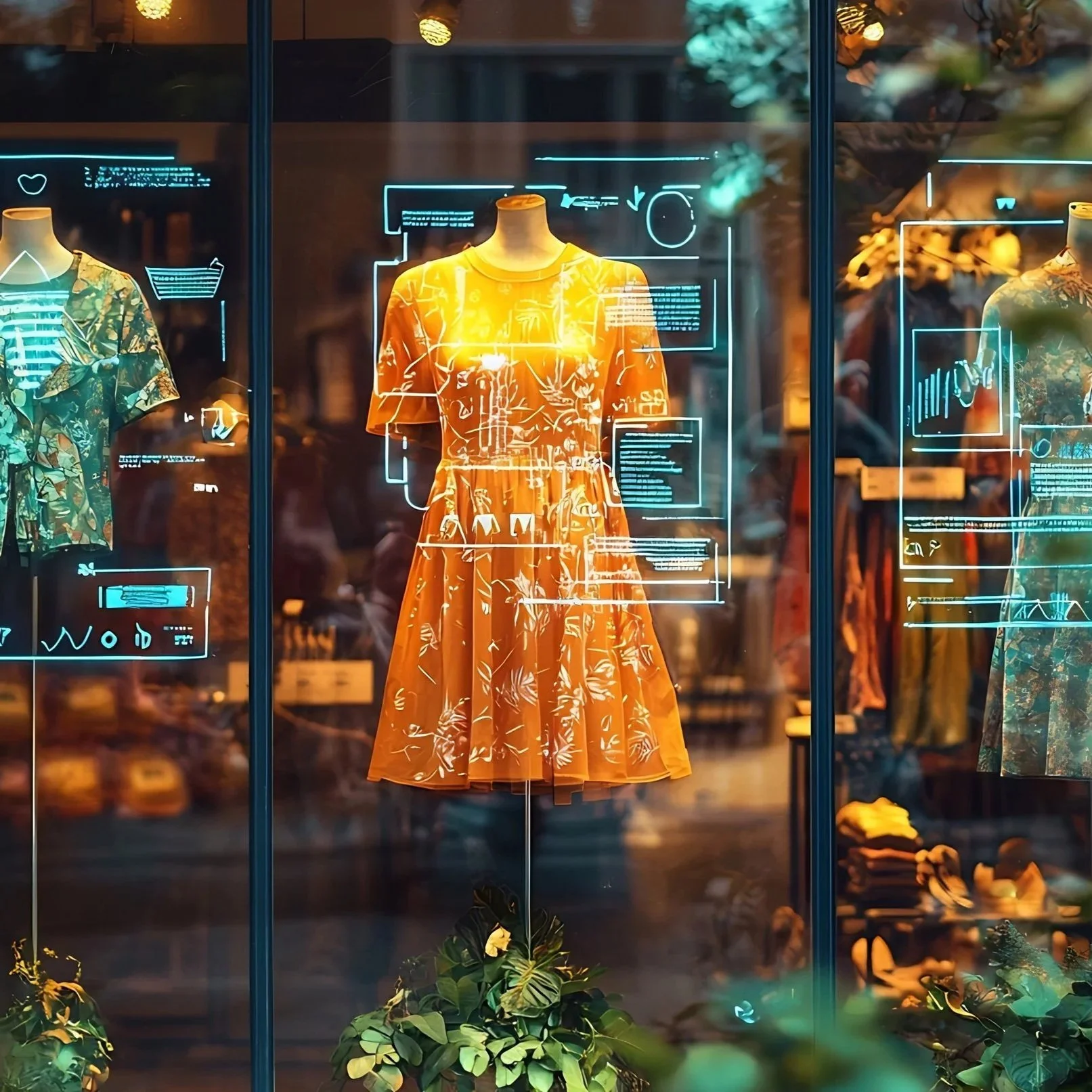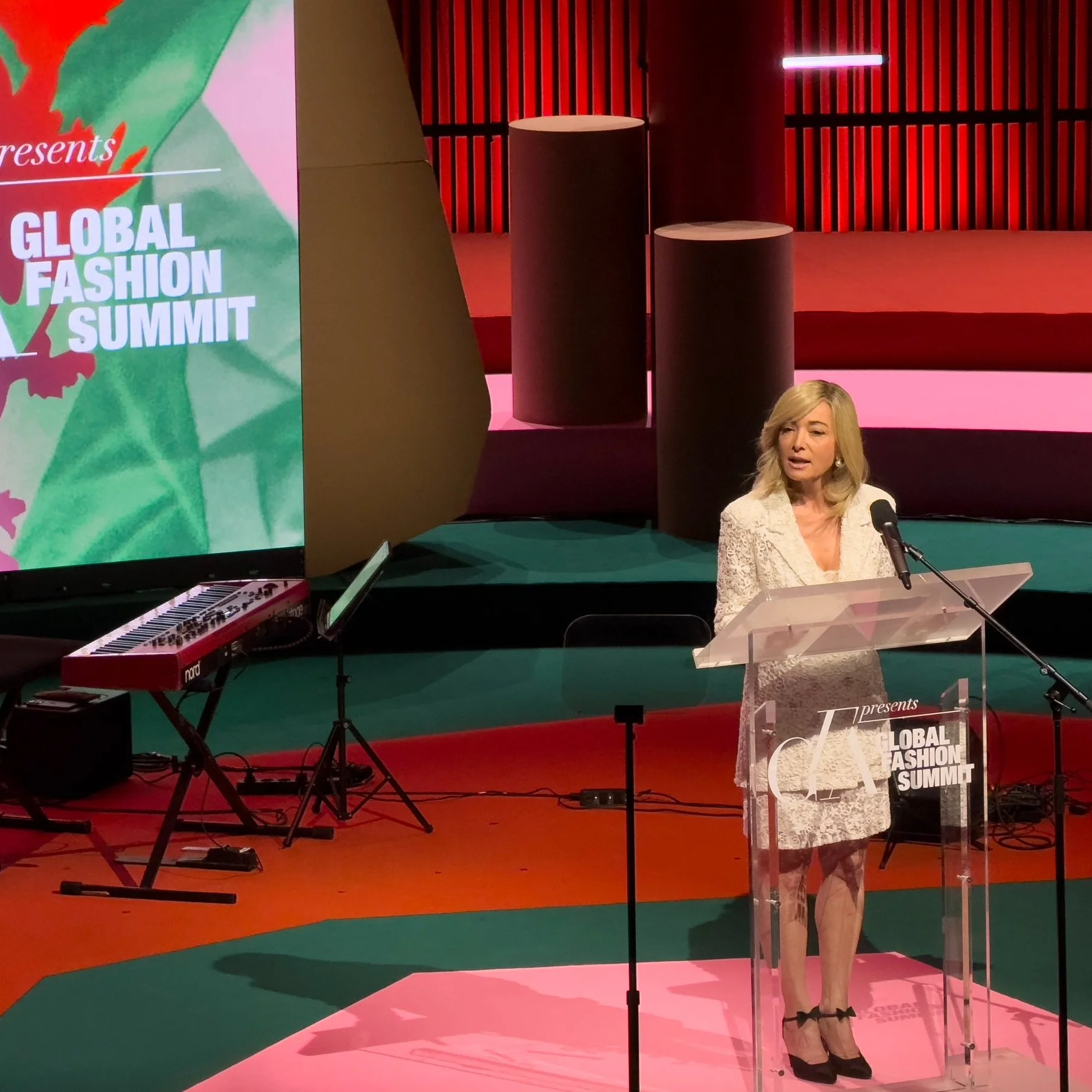The Global Fashion Agenda & Mckinsey Report Says That The Fashion Industry Will Produce Double The Paris Agreement Emission Levels By 2030

Image Courtesy of PXHere
A report from Global Fashion Agenda, working with Mckinsey says that if the fashion industry does not accelerate its response to climate change, it will by 2030 produce around twice the volume of emissions required to align with Paris Agreement global warming pathways.
From rising sea levels, to extreme rainfall and more powerful heatwaves, the consequences of climate change can no longer be ignored, either by society or the fashion industry, which will see many impacts on its operations in the years ahead.
Amidst the global pandemic and rising pressure to address social issues, climate change is jostling for attention at the top of the international agenda.
However, managing the impacts of global warming is a precondition of building a fairer society and for tackling many of the problems of the age.
To plays its part, the fashion industry must ensure it engages with the issues and reduces its climate impact to a minimum.
All players in the fashion value cycle have the potential to significantly reduce carbon emissions and help put the industry on the 1.5-degree pathway, whether that’s through coordinated decarbonisation efforts or sustainable consumption choices.
In 2018 the fashion industry produced 2.1 billion tonnes CO2eq. This represents 4% of global carbon emissions – an emissions’ share larger than that of France, Germany and the UK combined.
Who Can Act
We all have a role to play in combatting climate change. Together we have the potential to drastically reduce carbon emissions by 2030.
Brands and retailers have influence across the value cycle. Decisions conceived at the designers’ drawing table, policies established at HQ, partner choices, and end-of-use strategies are among the many factors that will dictate levels of emissions.
Factories, material producers and other upstream players must be fully involved in and committed to decarbonisation programmes.
Brands and retailers should support value chain players in tracking, analysing and benchmarking their carbon emissions and enhancing transparency.
As citizens, we all need to work to extend the longevity of the clothes we wear. We can do that by washing less often and at cooler temperatures and ensuring that we recycle or enable reuse, rather than throwing things away.
Additionally, investors and regulators must help create an environment that promotes change and enables fashion players to accelerate their efforts.
Action by all value cycle players is imperative!




























































